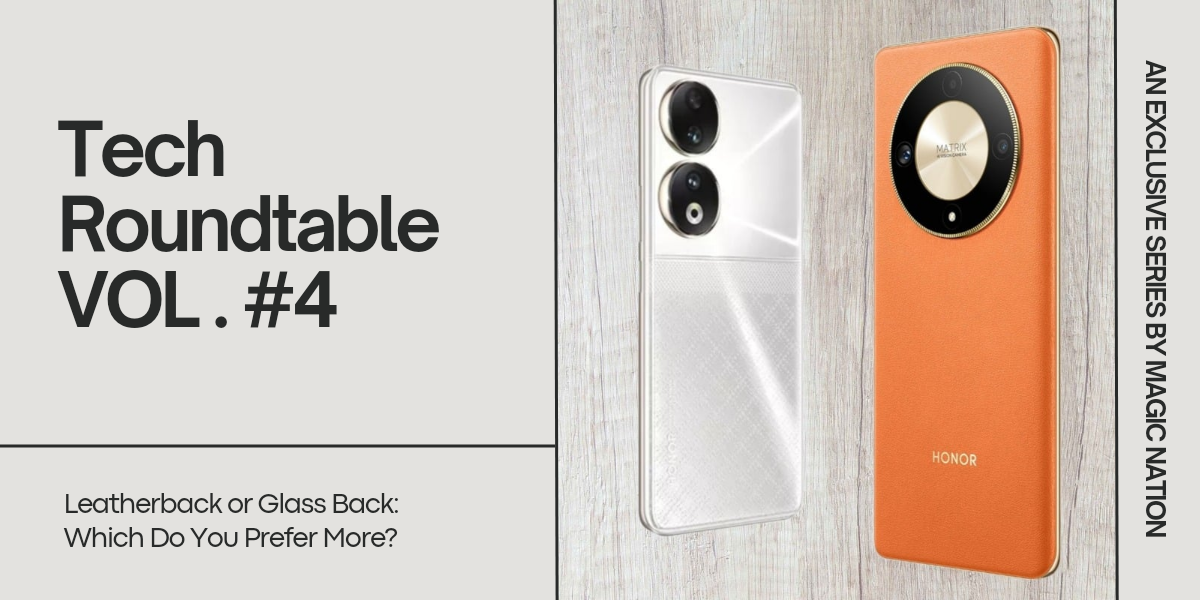As y'all know, we have announced two bi-weekly series, and one of which is the Evolution Chronicles! And today is the day when we give a kickstart to the First Chapter of this series. So… how about getting to the roots of the history of Cameras? Then let's begin!
Introduction: The Concept of Capturing Light

Early image capture used the camera obscura, a darkened room with a small hole or lens projecting an inverted image inside. This demonstrated basic optics principles, showing how light travels in straight lines. The camera obscura was pivotal in understanding light behavior and image projection, leading to modern photography's development.
The Birth of Photography

Louis Daguerre's invention of the daguerreotype revolutionized early photography, using a silver-coated copper plate exposed to iodine vapor to capture images. This process involved intricate steps and materials, producing detailed, one-of-a-kind photographs. The daguerreotype marked a significant advancement in capturing and preserving visual moments.
The Rise of the Film Camera

George Eastman and Kodak's introduction of roll film revolutionized photography by making cameras portable and user-friendly. This innovation allowed everyday people to easily capture moments, democratizing photography and enabling widespread documentation of daily life, significantly influencing visual culture and personal storytelling. In-frame is the World's First Kodak Film Camera, launched in Summer of 1888.
Color Photography

Early experiments with color photography began in the 19th century, using complex processes like Autochrome plates. The development and popularization of color film, notably by Kodak with Kodachrome in the 1930s, made color photography accessible. This transformation enriched visual storytelling and had a profound impact on media and art. In-frame is the World's First Color Photograph, taken in 1861 by Thomas Sutton. It is a picture of Coloured ribbon, describes as a Tartan Ribbon.
The SLR Revolution

The rise of single-lens reflex (SLR) cameras revolutionized photography, offering photographers precise control and enhanced image quality. Advances in lenses, shutters, and focusing mechanisms, such as autofocus systems and adjustable apertures, improved functionality and versatility. These innovations empowered photographers to capture sharper, more dynamic images with greater ease and precision.
The Digital Transition

The invention of digital cameras marked a transformative shift in photography, enabling images to be captured and stored electronically. This revolutionized the industry, as photographers embraced the convenience and flexibility of digital storage and processing over traditional film. The transition from film to digital fundamentally changed how images are captured, edited, and shared. In-frame is the World's First Digital Camera, invented in 1975, the Kodak digital camera.
Smartphones and the Ubiquity of Cameras

The integration of cameras into mobile phones revolutionized photography, making it more accessible and ubiquitous. Smartphones democratized image creation and sharing, fueling the explosion of visual content on social media platforms. This shift empowered individuals to capture and share moments instantly, reshaping communication, storytelling, and cultural trends in the digital age. The first commercial camera phone was the Kyocera Visual Phone VP-210, released in Japan in May 1999.
Modern Innovations in Camera Technology

Advances in mirrorless cameras, drones, and action cameras have diversified photography options, offering compactness, versatility, and unique shooting perspectives. Concurrently, computational photography and AI-enhanced imaging techniques have revolutionized image processing, enhancing image quality, and enabling features like portrait mode and automatic scene recognition. These innovations continue to redefine photography in the digital era.
The Future of Photography

Emerging technologies like virtual reality and 3D imaging are pushing the boundaries of visual storytelling and immersion. In the future, cameras may evolve to capture immersive experiences and interact with augmented realities seamlessly. Predictions suggest cameras will play a central role in documenting, experiencing, and shaping society's narrative in increasingly innovative ways.
Hope you all loved indulging in the discussion with me! Drop down your comments about your views on this evolution. Stay tuned for the next chapter!
Till then ~Tej Dave










